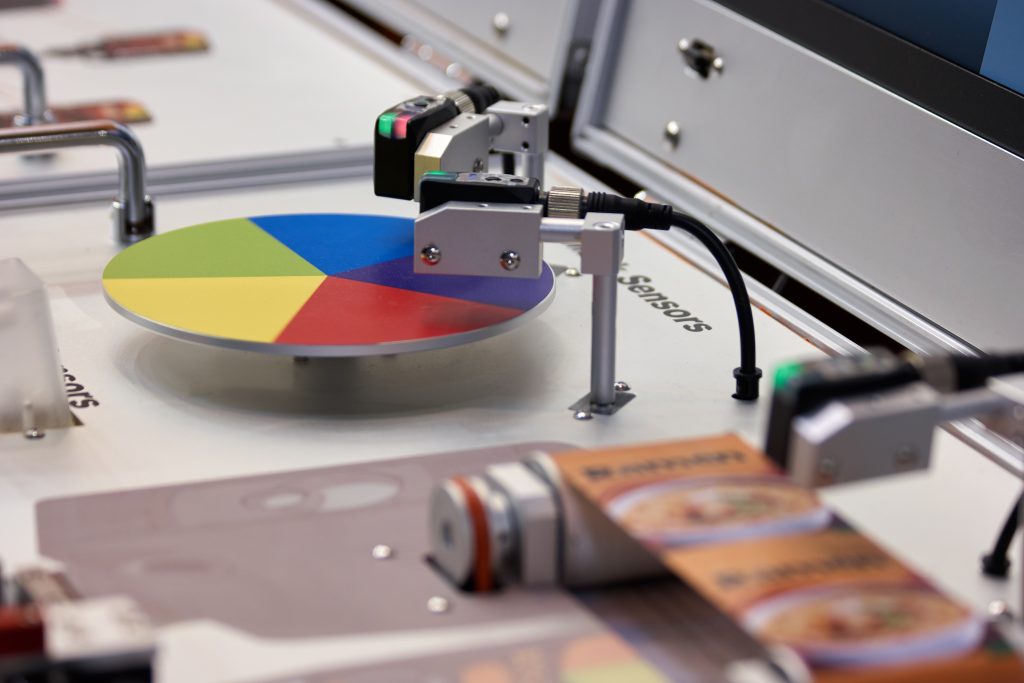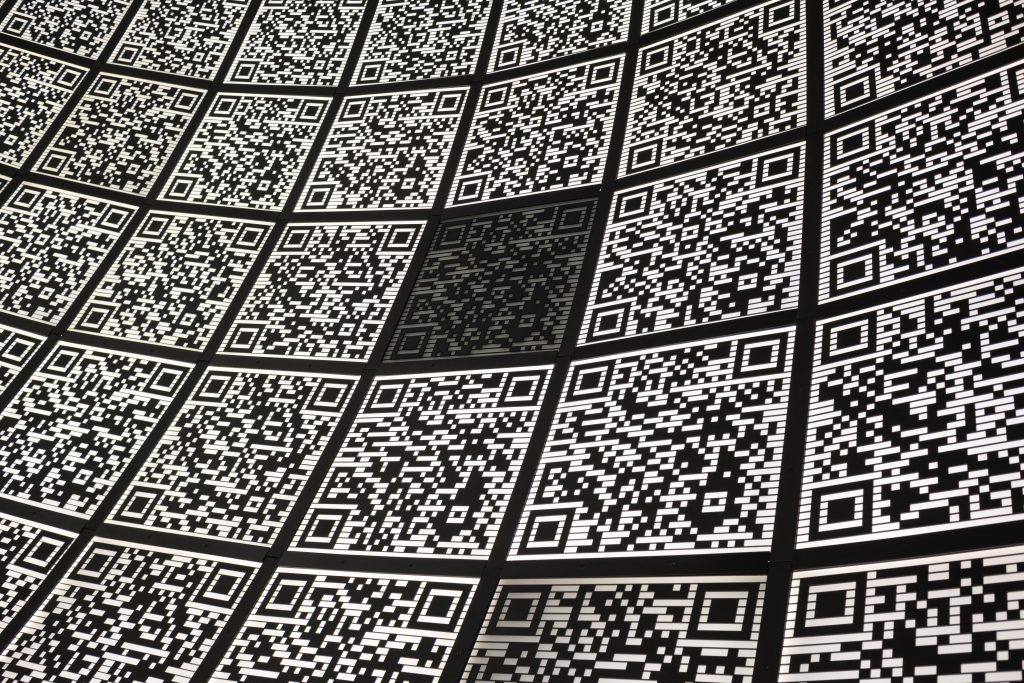Printing businesses have seen a remarkable rise in recent years, defying the predictions of a paperless world. As technology advances and digital communication becomes more prevalent, it may seem counterintuitive that printing businesses are thriving. However, the demand for printed materials remains strong, and print companies have adapted to the changing landscape to stay relevant.
In this article, we will explore the factors contributing to the rise of the printing business and delve into the strategies that successful printing companies have employed to stay competitive in the digital age. From embracing new technologies to offering unique customization options, the printing industry has proven its resilience and adaptability.
Recent Trends In The Printing Industry
The printing industry has witnessed several recent trends that have revolutionized the way print businesses operate. One notable trend is the increasing shift towards eco-friendly printing practices. With growing environmental concerns, print companies are adopting sustainable approaches such as using renewable energy resources, recycled materials, and tree-free paper. This not only helps reduce carbon footprints but also appeals to environmentally-conscious customers.
Another significant trend is the exponential growth in digital print technologies. Digital inkjet printing has gained popularity due to its high-quality output, faster turnaround times, and cost-effectiveness. Additionally, there is a rising demand for customized marketing materials as businesses strive to create personalized products that resonate with their target audiences. This trend has been fueled by advancements in variable data printing, allowing for the customization of each printed piece.
The printing market has expanded beyond geographical boundaries. With the advent of digital technology, businesses can now reach customers from all over the world. This shift has led to the rise of niche markets, where print companies cater to specific industries or customer segments. By specializing in these niche markets, printing businesses can build strong relationships and deliver tailored solutions to their customers.
Impact Of Digital Technology On Printing Businesses
Digital technology has had a profound impact on printing businesses, transforming the industry in several ways. The introduction of digital printing has revolutionized the printing process by providing high-quality results rapidly and allowing for customization.
Digital printing technology enables businesses to produce printed materials with exceptional clarity and detail, rivaling traditional printing methods such as lithographic or flexographic printing. The enhanced resolution and color accuracy of digital printers result in sharp, vibrant prints that meet professional standards. This has given businesses the ability to produce marketing materials, promotional items, and other print products with impressive visual impact.
Moreover, digital printing has unlocked the potential for customization in the industry. With variable data printing, each printed piece can be tailored individually, allowing businesses to create personalized products that resonate with their target audiences. This customization capability has given rise to a growing demand for customized marketing materials, enabling businesses to deliver highly targeted messages to their customers.
In addition to improving print quality and customization, digital printing has also brought significant cost savings for individuals and companies. The technology has eliminated the need for expensive printing plates, reducing setup costs and making small print runs more affordable. Furthermore, digital printing enables print-on-demand, eliminating the need for large inventory storage and minimizing waste.
Impact Of COVID-19 Pandemic On The Printing Industry
The COVID-19 pandemic has had a significant impact on the printing industry, presenting numerous challenges for businesses in this sector. One of the major challenges faced by the industry was the sudden decline in demand for print materials. With businesses shutting down and events being cancelled, the need for marketing materials, promotional items, and physical advertisements plummeted. This decline in demand was exacerbated by the shift towards digital media, as businesses sought alternative ways to reach their target audiences.
As a result, the printing industry experienced a slowing down in activity, with many printing businesses facing decreased revenue and struggling to adapt to the changing market. To survive and recover, printing companies had to find innovative solutions and adjust their operations. This included investing in digital printing technologies to offer more personalized and flexible printing services. Additionally, some companies shifted their focus to providing printing services for essential industries, such as healthcare and packaging.
Consumer behavior and expectations also underwent significant changes during the pandemic. With a greater emphasis on health and safety, consumers became more cautious about handling physical materials. This led to a decline in the distribution of physical marketing materials and a shift towards digital alternatives. Printing businesses had to adapt by offering digital marketing services, including email campaigns, online advertisements, and web design.
While the printing industry faced significant challenges during the COVID-19 pandemic, there are signs of recovery as restrictions ease and businesses gradually return to normal operations. As consumer confidence improves and businesses resume their marketing efforts, the demand for print materials is expected to rebound. However, digital media will likely continue to play a prominent role in marketing strategies, highlighting the importance of digital printing technologies and services in the printing industry’s future.
Different Types Of Printing Technologies Used By Print Businesses
Printing businesses utilize various types of printing technologies to cater to different printing needs and requirements. These technologies have evolved over time, offering enhanced printing capabilities and efficiency. The key printing technologies used in the print industry are offset printing, digital printing, flexographic printing, lithographic printing, and inkjet printing.
Offset printing is a widely used technology that involves transferring ink from a plate to a rubber blanket and then onto the printing surface. It is preferred for high-volume printing due to its cost-effectiveness and ability to produce sharp and consistent prints. However, it requires a longer setup time and is not suitable for short print runs or on-demand printing.
Digital printing, on the other hand, offers the flexibility of printing small quantities and personalized materials. It directly transfers digital files onto various substrates, eliminating the need for plates and setup time. Digital printing is ideal for short print runs, variable data printing, and quick turnaround times. However, it may have limitations in terms of color accuracy and cost-effectiveness for high-volume printing.
Flexographic printing is commonly used for packaging materials and labels. It utilizes flexible relief plates and a rotary printing press to transfer ink onto the substrate. Flexographic printing is known for its ability to produce high-quality prints on different materials, including plastic, foil, and paper. It is ideal for large-scale production but may have limitations in terms of fine details and color accuracy.
Lithographic printing, also known as litho printing, involves a printing plate with oil-based inks and water. It relies on the principle that oil and water repel each other, creating a printed image on the substrate. Lithographic printing offers excellent print quality and color accuracy, making it suitable for various materials and applications. However, it requires a skilled operator and has higher setup costs compared to other technologies.
Inkjet printing uses droplets of ink sprayed onto the substrate to create an image. It is widely used for small-scale print runs, variable data printing, and large format printing. Inkjet printing offers high-resolution prints and can accommodate a wide range of substrates. However, it may have limitations in terms of print speed and cost-effectiveness for high-volume printing.
These printing technologies have revolutionized the printing industry, enabling printing businesses to offer a wide range of printing services and cater to diverse customer requirements. The advancements in digital printing have particularly transformed the industry, allowing for faster turnaround times, personalized products, and on-demand printing capabilities. The choice of printing technology depends on factors like print volume, turnaround time, print quality, and cost effectiveness, ensuring that print businesses can meet their customers’ needs effectively and efficiently.
Conclusion
In summary, the printing industry is evolving rapidly, driven by digital technology advancements and the changing needs of customers. By recognizing and adapting to emerging trends, investing in new technologies, and partnering with experts, printing companies can position themselves for success in this dynamic marketplace.



